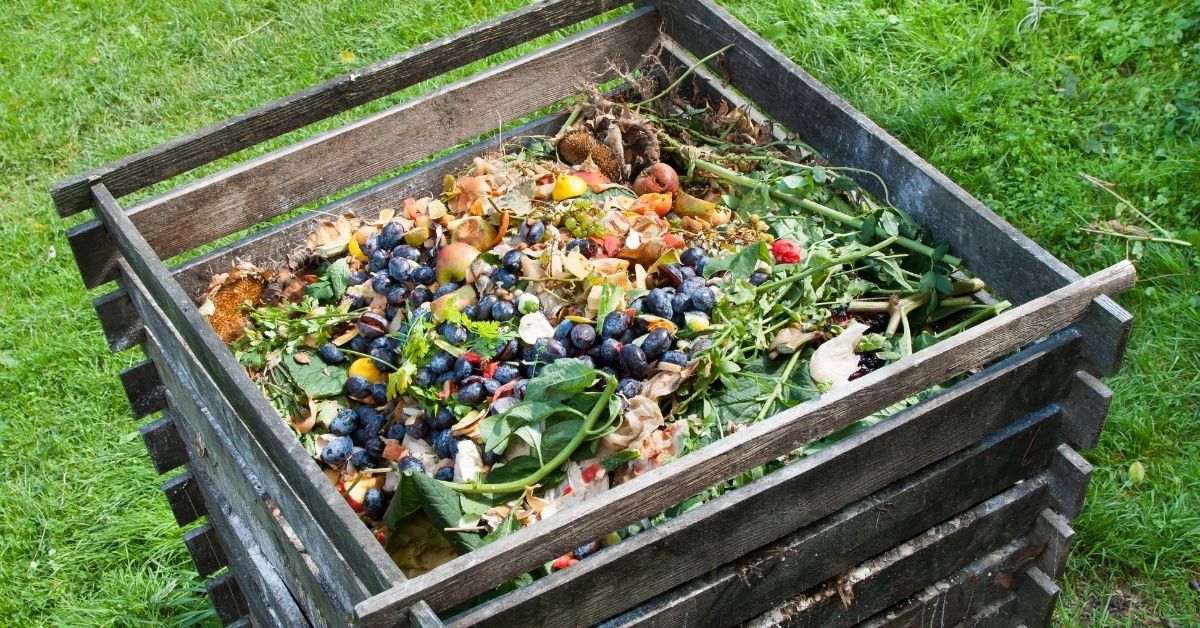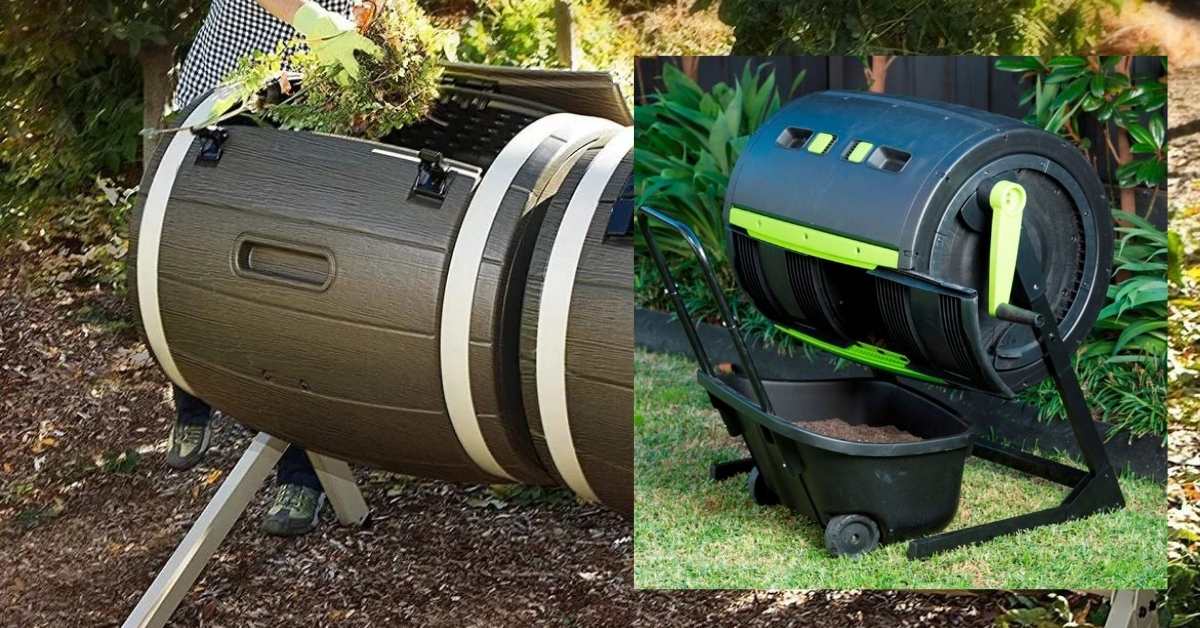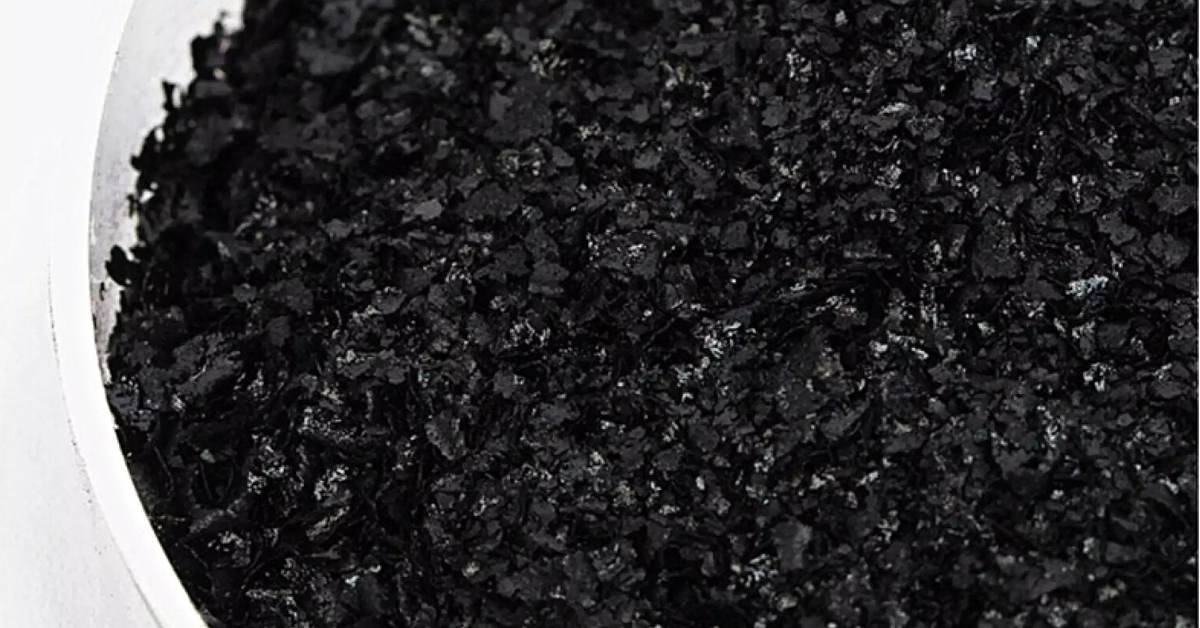A thriving organic garden requires you to make your own compost. Composting not only helps your plants grow by enlivening the soil, but it also allows you to practice recycling and participate in the interesting process of converting garbage into gold in your organic fruit and vegetable garden.
You can create compost no matter what size organic garden you have or where you reside. My blog this month provides you suggestions for working with compost bins. I’ll try to discuss how to use compost bins properly in your garden.
How To Use Compost Bins:
Contents
SHOW
Firstly, I think it is helpful to look at compost bins in the context of the size of your garden and various composting procedures you may work with; here are some basic tips:
- For a tiny garden or one on a balcony in an apartment, consider having a worm farm only or a worm farm and a tiny compost bin.
- Consider having a compost bin and a worm farm for a small garden (up to 20 m2) where you have access to other green and dry matter.
- For a medium-size garden (up to 100 m2), consider having one or two compost bins and an open compost area.
- For a more extensive food garden over 100m2, you could have one or more compost bins and at least three bays for open compost of 1 cubic meter each in size.
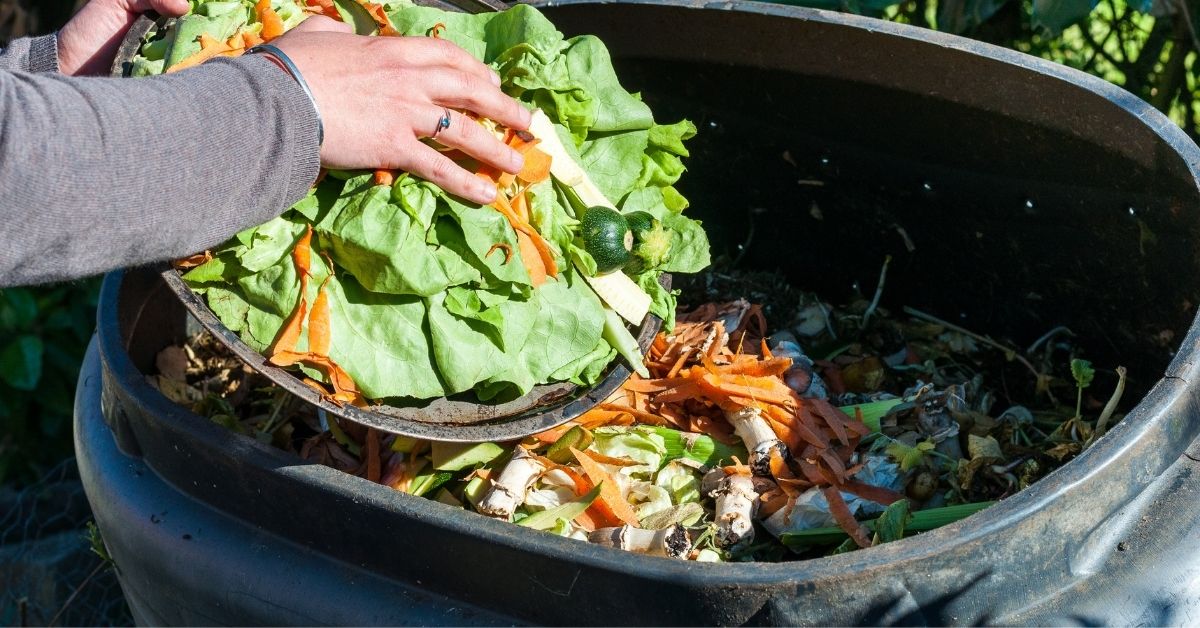
Here are my tips on working with compost bins
1. Location
- Placed on level ground with easy access to put substance into the compost bin and make compost out of the bin,
- Located in or next to the food garden,
- Approximately 1.5 ms of space for the bin,
- If the bin is on the ground, then it should be a few meters from tree roots as these will draw nutrients from the bin,
- Sunny position to increase the benefits of heat in speeding up the substance breakdown process.
2. Size
- The bin should hold a minimum of 200 lt of substance (most commercial bins range from 220-500litres) that can hold substance.
- For a food garden of up to 20 m2, choose a minimum 200-liter size bin.
3. Requirements for good results from the compost bin:
- Green leafy food scraps.
- Other food scraps, i.e., coffee grounds, grains, fruit skins, vegetable skins (not meat, fat, or dairy.
- Manures such as chicken, horse, or cow manure in small quantities.
- Eggshells and hair.
- Green grass, green plant/tree cuttings (not eucalypt).
- Green weeds (but not any plants which any chemical substance has poisoned).
- Some dry matter such as hay, grass, or dried leaves (excluding eucalypt). There must be a balance of wet and dry substances as this balance will assist in the speed of the breakdown of substances into the soil. If the mixture is too wet, add dry matter.
- Thin layers of substance with no layer thicker than your hand.
- Airflow in the bin as this helps to stimulate break down of substance into the soil.
- Moisture in the mixture as this assists the activity of micro-organisms naturally breaking down the substance into the soil. The food scraps are likely to have their own moisture (especially the fruit skins). If the mixture is dry, you can add some water.
- If there is too much moisture, the potential exists for the compost to be anaerobic, i.e., the breakdown process ceases, and it starts to smell. The breakdown process will occur efficiently without much odor if the moisture level is adequate.
- Add garden lime in half a small cup complete when a lot of substance is added, but add no more than once per month if continually adding new substance. This will help the breakdown process and will assist in reducing the acidity of the mixture, especially if fruit skins from citrus plants are added.
- Crushed rock (crusher dust) is also helpful in being added periodically in very small quantities of half a cup full. This adds minerals to the compost and improves quality.
- Time to produce usable compost depends on a reasonable balance of added substance, sufficient moisture, and airflow. Allow a minimum of 8 weeks.
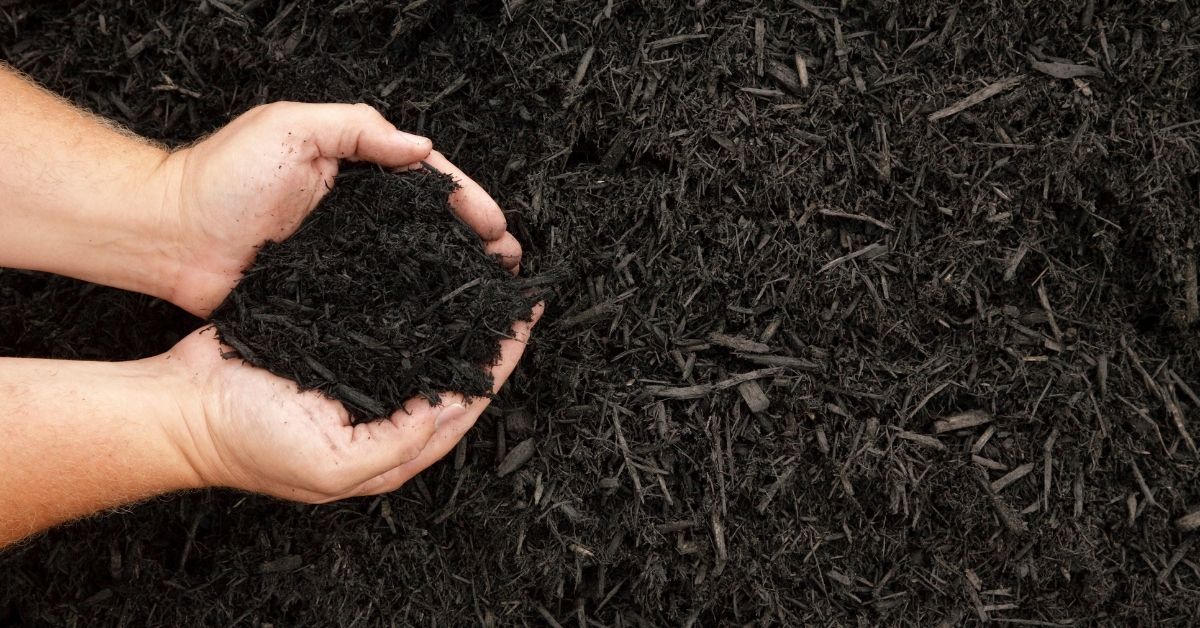
4. Resolving common compost problems
- Mixture is too wet – aerate the mixture and add more dry substance such as dry hay or grass
- Mixture smells a lot – likely mixture is too wet, add dry matter
- Mixture is too dry – add water
- Mixture is taking a very long time to break down – increase airflow and moisture and check that ingredients are appropriate
- Rodents are getting into the bins – close them well.
- Maggots are in the bins – mixture likely to be too wet, add dry matter and aerate
- Mixture of materials at different states of composition, as occurs in rotating bins, makes it more likely to release methane and smell than an in-ground bin or a bin with compartments. The solution is to hold off adding new substances to rotating bins until the existing substance in the bin has reached a composted and usable state.
5. Standard compost bin features and accessories
- Air holes in bins and airflow mechanism inside bin
- Multiple compartments in the bin with a lower shelf to isolate and collect material that has broken down into compost and be easily removed and not mixed with material that is still in the un-composted state. Enables continuous adding of substance to top compartment without disturbing substance in a more advanced state of decomposition towards compost.
- Further compartment in the bin that collects moisture from the compost so that it can be used as a liquid fertilizer for the garden (Compost tea). Lower cost compost bins without compartments mix new and older compost materials together
- Bins that can be easily rotated by hand to increase airflow
- Compost bin aerator and mixing tools
- Compost accelerator substances
- Compost bin designs, such as Aerobin, which enhances the heating of substance via efficient aeration, have a more significant impact on killing weed seeds.
